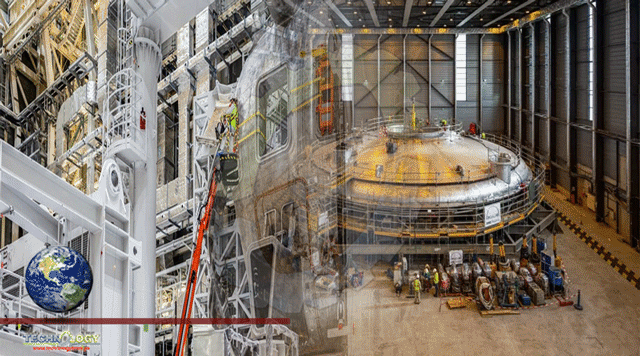ITER is a type of magnetic fusion reactor called a tokamak, designed to demonstrate the feasibility of fusion as a large-scale energy source with no carbon emissions.

Nuclear fusion, the physical reaction that powers the stars, is a potentially unlimited source of energy that could end our energy worries and dependence on fossil fuels. The construction of industrial plants to produce electricity from fusion is one of the greatest scientific challenges of our time.
In Saint-Paul-lès-Durance in the south of France, 35 nations are collaborating to build ITER, the largest nuclear fusion reactor of its kind in the world in the world. ITER is a type of magnetic fusion reactor called a tokamak, designed to demonstrate the feasibility of fusion as a large-scale energy source with no carbon emissions. Construction of the entire plant has been underway since 2010 on a 42-hectare site in the countryside of Provence.
Meanwhile in Italy, the National Research Council of Padua are building two prototype experiments for the external heating of the ITER plasma, called the ‘MITICA’ and ‘SPIDER’ experiments. These two testbeds will help scientists further improve and perfect systems that will then be installed on ITER.
Once completed, ITER will be used to conduct scientific research into fusion power, with the hope of being able to demonstrate the viability of building a nuclear fusion reactor. The facility is scheduled for completion in 2025, and the hope is that the first plasma generation will be achieved by the end of that year.
If successful, nuclear fusion could well help countries reduce their reliance on fossil fuels, leading to much-reduced carbon emissions, and thus helping us tackle the climate crisis.
Photographer Luigi Avantaggiato was granted access to the ITER construction site, and we bring you his recent images in our online gallery.
Source: Science Focus